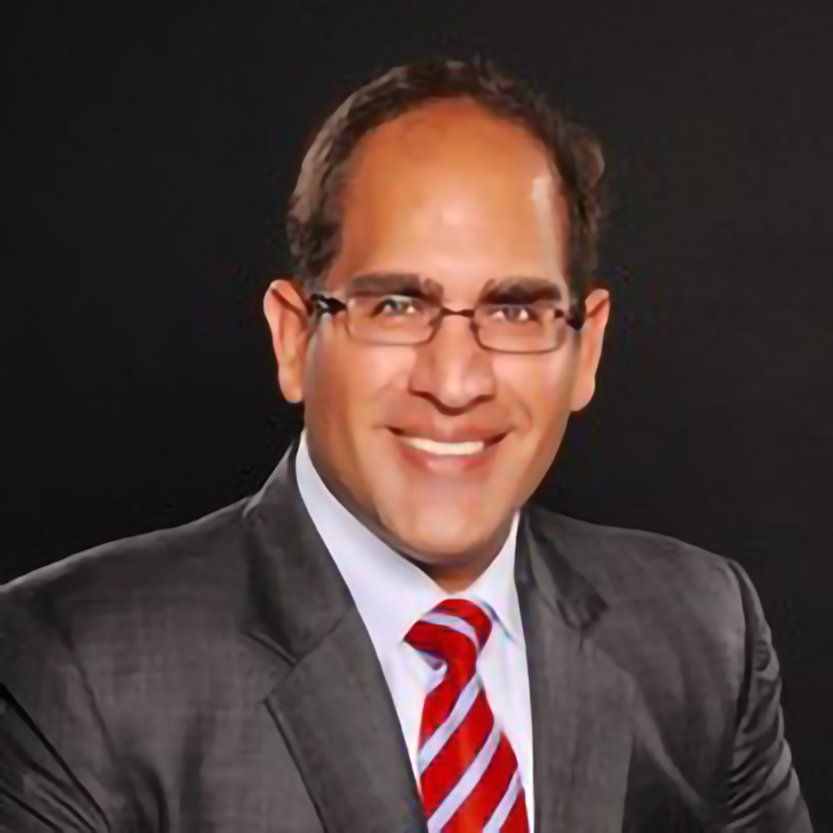
Value-based care has a clear goal: to provide the highest-quality, most equitable patient care while controlling costs. As a growing number of hospitals and healthcare systems gravitate toward this care model, utilization management (UM) has emerged as a fundamental component to successful implementation.
Doctors are well equipped to identify the services a patient needs. But they need a partner who can ensure patients receive those services in the right setting for the optimal price. This is where UM nurses step in to be that collaborator.
UM nurses serve as a liaison between providers and payers. They review patient clinical records and care guidelines to ensure doctors order the appropriate services. Then, based on their findings, they approve or deny requests.
According to Innovista UM supervisor and pre-certification nurse Eva Brehm, RN, BS, CBCS, and inpatient UM nurse Diana Barruzza, RN, UM nurses focus on streamlining the delivery of patient services.
“Our goal is to manage care and make sure providers and members use resources properly. We follow members from their doctor’s appointment to their hospitalization, discharge, and return home,” Brehm says. “We verify the services they receive stay within guidelines to contain costs. Overall, we ensure members get proper healthcare while managing the resources utilized.”
Clinical Responsibilities & Benefits
UM nurses process requests for diagnostic imaging, surgeries, and specialty consultations. They determine whether each service falls within clinical appropriateness guidelines.
Based on their evaluations, UM nurses direct patients to the specialists and facilities best aligned with their insurance and medical network. Doing so helps keep costs down while connecting patients to quality service providers.
UM nurses mainly use patient record reviews to make their decisions. However, they also fulfill several other daily responsibilities:
- Coordinating care between different providers
- Detecting utilization trends that may inappropriately use resources
- Determining necessary levels of care
- Identifying procedures and policies that best support effective utilization
- Monitoring reviews
- Reviewing utilization requests for medical necessity
Additionally, UM nurses can detect expensive trends in care requests. For example, a UM nurse will flag if a provider routinely refers patients to a hospital rather than a surgery center for outpatient procedures, such as a colonoscopy. That provider then receives additional guidance from a utilization management team.
“These referrals cause patients to receive services that use more resources at a higher price,” Brehm says. “When we see trends that seem odd, we bring it up to the utilization department so they can work with the provider to change their ordering habits.”
In some cases, UM nurses identify opportunities for both provider and patient education. For example, a doctor may refer a patient with diabetes for more than the recommended number of nutritional consultations. In that case, the nurse will contact them to determine why and offer guidance to improve compliance.
Ultimately, UM provides benefits to patients, providers, and payers alike:
- Patients receive lower costs, more effective treatment options, and fewer denied claims.
- Providers also enjoy lower costs and fewer denied claims. Additionally, they can prescribe more effective treatments, deploy resources more efficiently, and gather better clinical data.
- Payers can access treatment and protocol efficacy evaluations, lower costs, and get better clinical data.
A Day in the Life of an Innovista UM Nurse
Every service referral is unique. Some are straightforward and can quickly be approved. Other requests need additional information to process. Consequently, UM nurses like Brehm and Barruzza never know how complex their days might be. Still, the overall schedule remains the same.
For Brehm and other pre-certification UM nurses who process outpatient requests, the day begins by evaluating a list of cases, reviewing clinical notes, and applying existing care guidelines. Some patient cases are cut-and-dry, and they can approve them in 10 to 20 minutes. However, most cases aren’t so easy.
“Roughly 80% of the cases we receive are complicated. There’s a list of guidelines we must review,” Brehm says. “Is the requested medication indicated for the patient’s condition? Should they receive their service at another kind of facility? There’s a lot to dig through.”
With each complicated case, Brehm reaches out via email or phone to the referring office for additional information. She records details about the patient’s previous care and any authorization or denial records in the patient’s case file. She estimates she processes between 10 and 20 authorizations every day.
Some requests require deeper medical expertise. Brehm escalates those cases to a medical director who can have peer-to-peer conversations with referring providers if needed.
As an inpatient UM nurse, Barruzza’s typical day is similar. She reviews clinical notes and criteria before authorizing new hospitalizations. Additionally, she evaluates new physician documentation to determine whether patients qualify for extended inpatient stays. She also takes steps to help patients who are transitioning to a skilled nursing facility, home health, or rehabilitation.
“For those patients, we reach out to inpatient case managers, discharge planners, or the medical director. Then we work together to discharge the patient to the safest level of care they qualify for,” she says. “We brainstorm ways to provide the best resources to patients upon discharge because we want to facilitate a smooth transition.”
UM Challenges
UM nurses constantly race against the clock. They must make a decision about each service request within a specific time frame. In some instances, they have five days to do so. In other cases, such as patients with Medicare Advantage insurance, they have as few as 24 hours from the moment they receive the request.
“We have a mandated timeframe once a primary care provider submits a request, and it can get very tricky,” Brehm says. “Sometimes, we need to contact the office for additional clinical information; getting those details can take extra days. If you need a medical director’s review, you may have to call or text to get their decision before you run out of time.”
UM nurses sometimes encounter an additional hurdle: patients who want to direct their own care. Often, they’ve identified a doctor or facility they think would be best for their care, but those resources aren’t in-network.
“One of our biggest challenges revolves around what the patient wants versus what they need and what’s covered by their benefits,” Barruzza says. “They may want to go to a particular nursing home or doctor, and we may need to redirect them so they can get the same quality of care in-network at a lower cost.”
Patient and provider education is the solution to this hurdle. Frequently, solving this problem only requires providing a list of in-network specialists and facilities located nearby. This information helps patients and their doctors make lower-cost decisions without sacrificing high-quality care.
Importance to Value-Based Care
UM nurses play an increasingly important role in value-based care. Providers and payers rely on them to streamline the most effective and efficient use of healthcare resources.
“Our goal is to ensure that our members are receiving the most appropriate services at the appropriate time, and in the appropriate setting,” Barruzza explains.
Brehm adds, “With value-based care, we are the gatekeepers to ensure patients and providers aren’t overusing extended services. We’re the first line—all requests come to us. We’re focused on outcomes and ensuring patients use services within our network.”
Ultimately, UM nurses’ efforts reduce unnecessary services and eliminate avoidable costs to patients, providers, and facilities.
Brehm sums it up nicely: “Our work is about optimizing healthcare delivery for the best member outcomes.”


